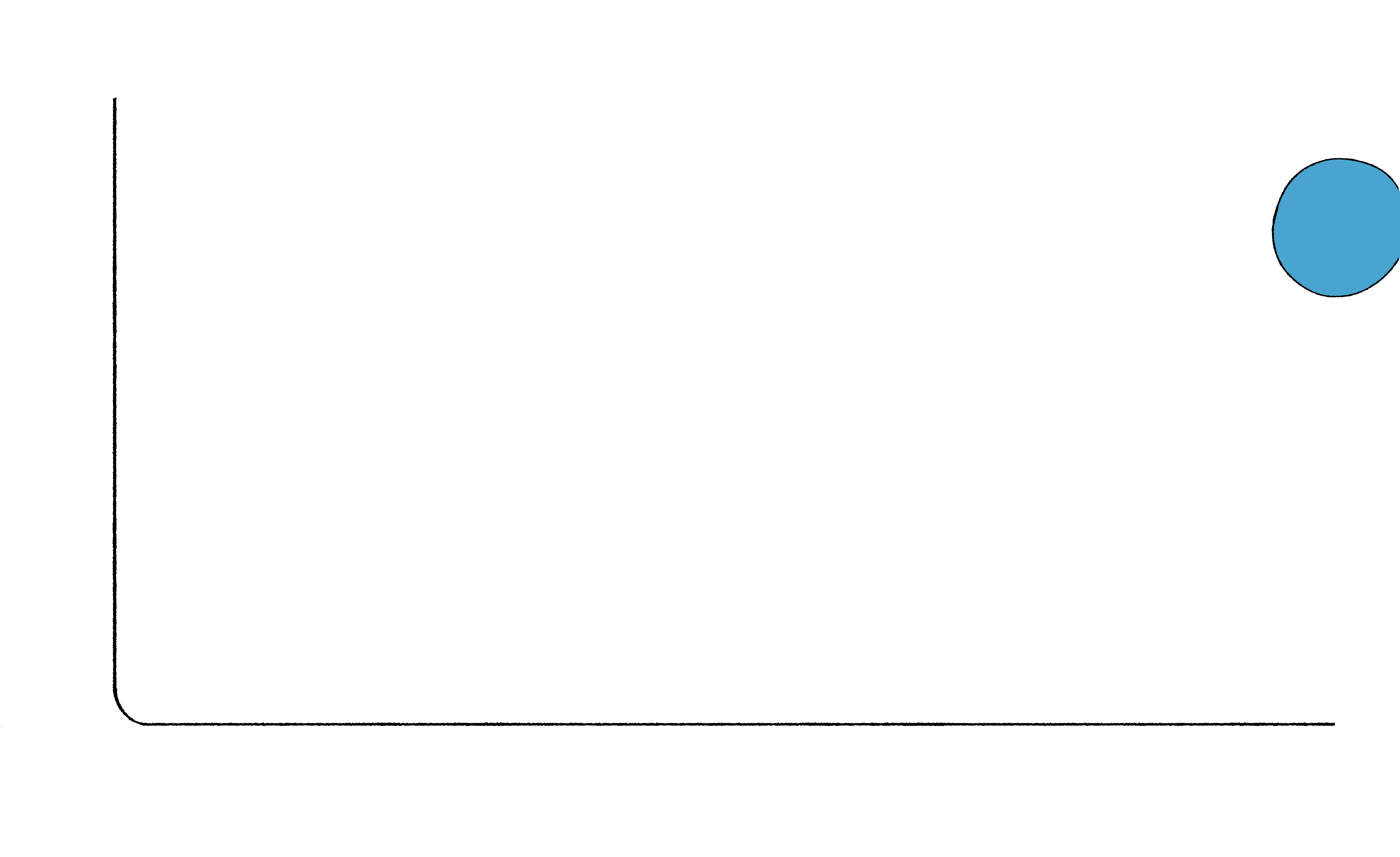Animation Principles - Follow Through
Know more
Page 1 - What is follow through
know more about follow through.
Principles of Animation - Follow Through and Overlapping Action
Follow-through in animation involves parts of a character or object continuing to move after the main action stops, mimicking real-world physics. This adds realism and fluidity, like a character's hair swaying after a sudden stop. It also includes secondary actions that complement the main movement, enhancing the animation's depth and believability. Follow-through is crucial for making animations dynamic and lifelike.
Page 2 - How it helps
Know more about the importance of follow through.
Follow-through in animation enhances its appeal and realism by making movements more natural and fluid, grounded in real-world physics. It adds continuity and smoothness to actions, improving the overall aesthetic and making the animation more engaging for viewers. Additionally, follow-through can be used to showcase character traits and personality, demonstrate attention to detail, and add impact to movements, contributing to a more immersive and enjoyable animation experience that resonates with the audience.
Page 3 - With vs without follow through
Animating with follow-through versus without follow-through can result in significant differences in the quality and realism of the animation. When follow-through is applied, movements appear more natural, fluid, and lifelike. For example, a character's hair continuing to sway after a sudden stop or a ball bouncing and gradually coming to rest add authenticity and depth to the animation. Without follow-through, movements may look abrupt, stiff, and lacking in realism. The absence of secondary actions or the lack of attention to detail can make the animation feel flat and less engaging. Overall, incorporating follow-through enhances the overall appeal and quality of the animation, making it more dynamic, believable, and immersive for the audience.
Page 4 - How it works
Follow-through works in animation by mimicking the principles of physics and real-world motion. When a character or object undergoes a primary action, follow-through ensures that parts of it continue moving in response to that action, gradually coming to rest or settling into a new position. This creates a sense of momentum, weight, and naturalness in the animation, as objects behave as they would in reality. By understanding the physics of motion and carefully implementing follow-through, animators add depth, realism, and fluidity to their animations, enhancing the overall quality and appeal of the final product.
Overlapping action is one of the twelve basic principles of animation
Page 5 - Where to apply
Follow-through can be implemented in animation by observing real-world movements and understanding physics. Apply it to character animation by allowing hair, clothing, and facial features to continue moving after the main action. In object animation, ensure objects follow realistic trajectories and settle naturally. Use follow-through in environmental elements for dynamic backgrounds and effects animation for realistic particle effects and interactions. Incorporate secondary actions that complement main movements without overpowering them, paying attention to timing and spacing for a natural flow of motion.
Page 6 - what is overlapping action
Overlapping action and follow-through are related but distinct concepts in animation. Overlapping action involves different parts of a character or object moving at varying rates or with different timing to create natural and dynamic movement, while follow-through specifically refers to the continuation of movement in certain parts after the main action has ceased, portraying the effects of inertia and momentum. Both principles contribute to the realism and fluidity of animations by simulating real-world physics and adding depth to movements.
Follow Through and Overlapping Action: 12 Principles of Animation.














